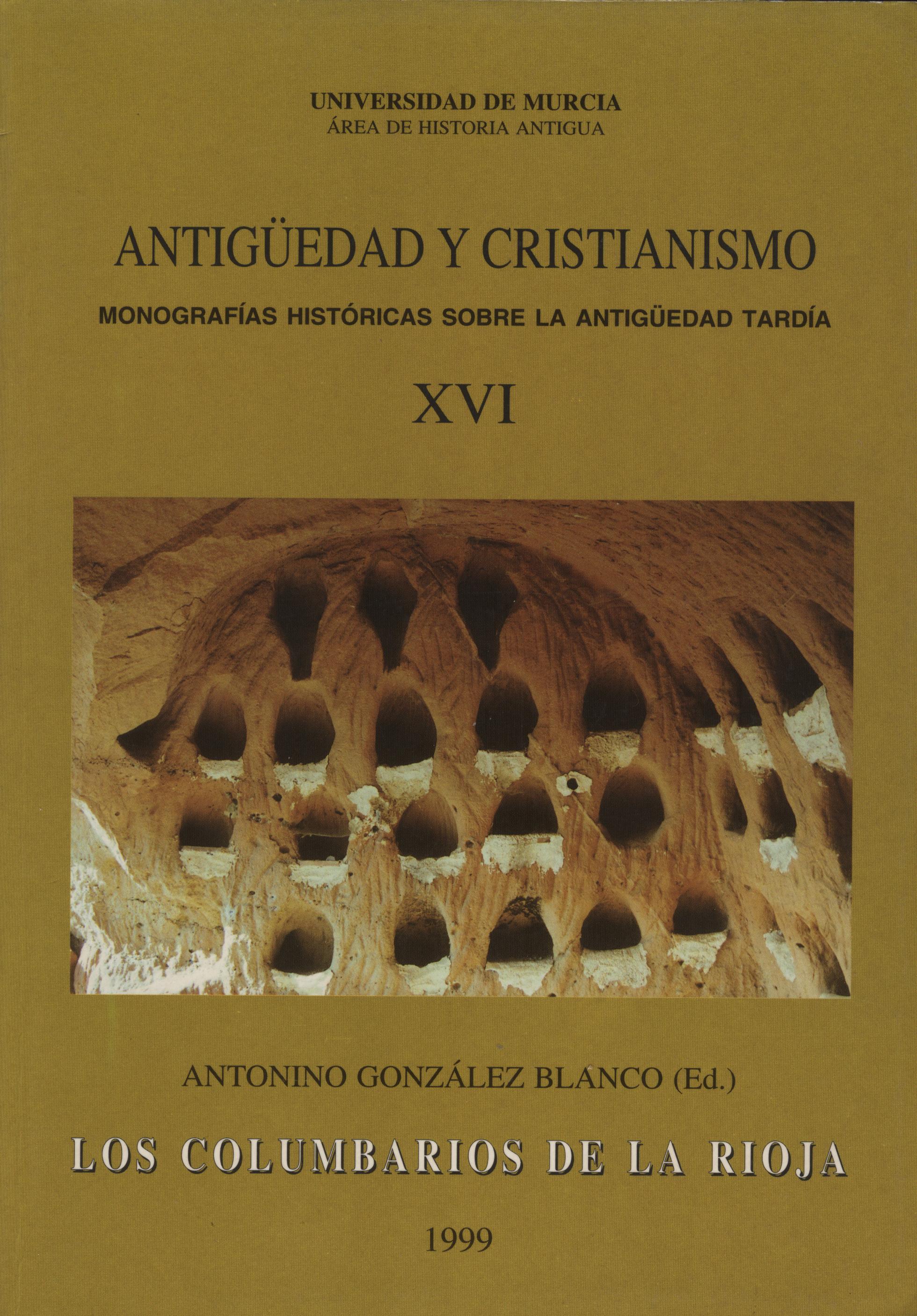LA CUEVA DE SANTA EULALIA SOMERA (ARNEDILLO-LA RIOJA)
Abstract
This is a cave already known due to the inscription found in the interior and that was made known in the Congress on Rock Art Epigraph in Compostella, in 1992 (edited in 1995). We publishit again here due to certain characteristics that we were not aware of before. For example, the alveolus are excavated in al1 parts of the cave forming a chess pattern which is too perfect to be a pigeon loft. There are other aspects less outstanding but considered together with the alveolus and the inscription they could be definitive: some places that we believe the excavation was begun to form new alveolus but were abandoned have left the mark of two diagonals of a square. With this we come face to face with what in the canonic art is called the Romanesque Diamond. Al1 these characteristics indite an irnmediately pre-Romanesque chronology.Downloads
-
Abstract1501
-
PDF (Español (España))289
1. The authors non-exclusively assign the exploitation rights (reproduction, distribution, communication and transformation) to the magazine.
2. The works published in this magazine are subject to the Attribution-ShareAlike 4.0 International license (CC By SA 4.0). Therefore, they can be copied, used, disseminated, transmitted and publicly displayed, provided that:
i) the authorship and the original source of its publication (journal, editorial and URL of the work) are cited, thus allowing its recognition.
ii) it is allowed to remix, transform or create from the material while maintaining the same license as the original.
Note: Articles prior to 2022 incorrectly display the CC by SA license in the abstract page. They are under a CC by NC ND license as embedded in the article pdfs. Articles published in 2022 and after are under the CC by SA license.

3. Self-archiving conditions. Authors are allowed and encouraged to electronically disseminate the pre-print (version before being evaluated) and/or post-print (version evaluated and accepted for publication) versions of their works before publication, as it favors their publication. Earlier circulation and diffusion and with it a possible increase in its citation and reach among the academic community. Color RoMEO: verde.
























